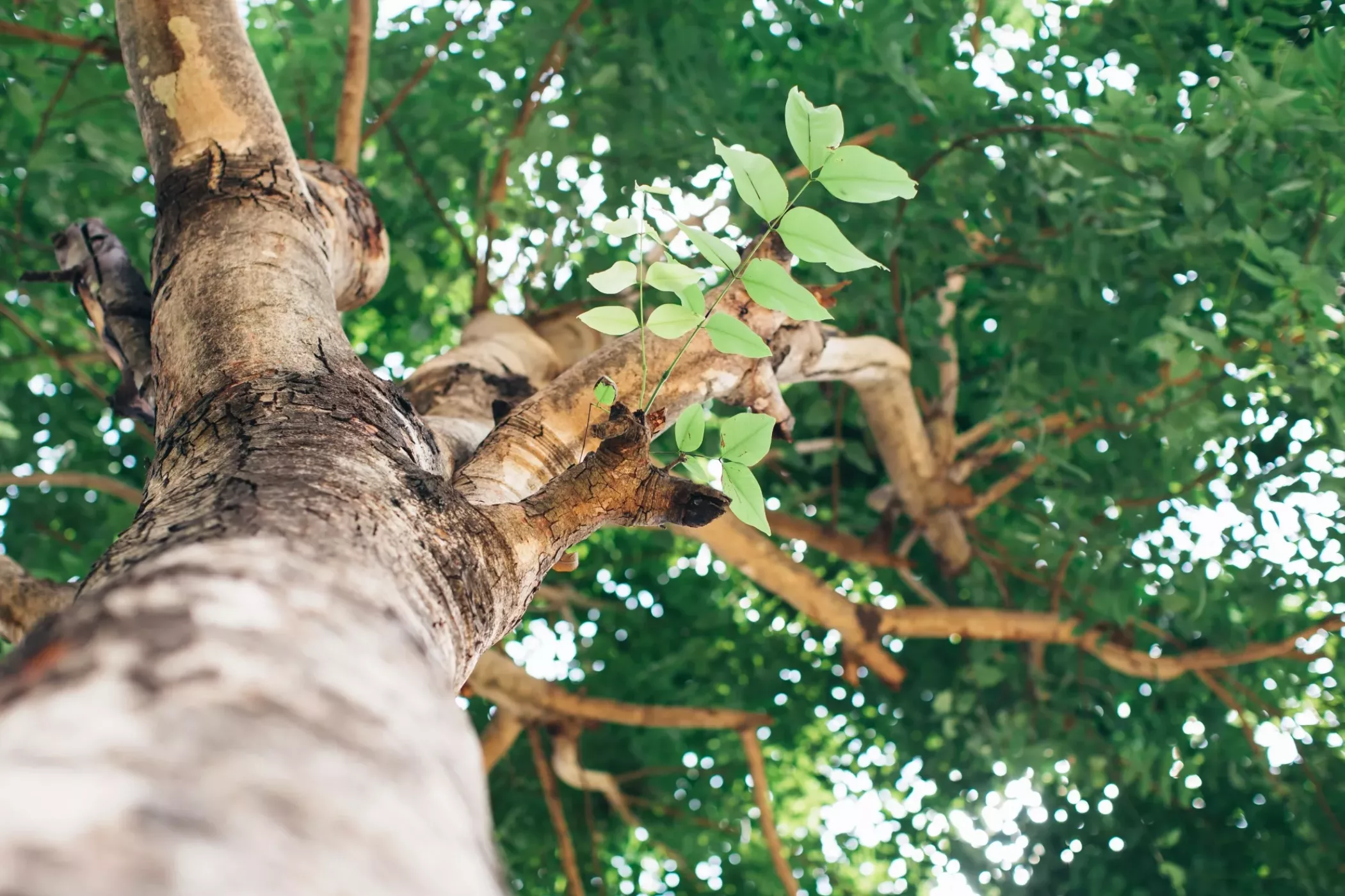For the average citizen of the Netherlands, forest management raises many questions. How do you weigh up the climatological, ecological, economic and social interests? Why are forests still being felled when we have to remove CO2 from the atmosphere? And what happens to the felled trees? Nowadays, forest and nature management in the Netherlands has to take account of many different wishes and interests. You need to be able to see the full picture to have a viewpoint about felling trees.If we want to create more forests, it’s extremely important that our forests are managed sustainably and that there’s no large-scale felling. The national Forestry Strategy states that clearfell is prohibited in forests in the Netherlands, i.e. that no forest areas larger than half a hectare may be felled. Trees for All endorses this regulation. Under certain circumstances and conditions, however, we believe that felling is justified:
- Social and ecological impact
Felling in a forest must always be done in a responsible and careful way. The social and ecological impact should be the reason behind it, rather than economic interests. By this, we mean that the timber produced through developing the forest is in line with responsible forest management (see below). Using big machines may be efficient, but it does great damage to the forest and the soil. Trees for All sees room for improvement in this area. The government should make more subsidy available for eco-friendly forest management.
Felling is part of forest management, particularly in the situation in the Netherlands, where there are many planted forests. Through extensive and targeted management, planting is gradually developed in the direction of more natural forests of many types, age differences and structures. This takes place by thinning or rejuvenating the forest. In the case of thinning, growing space is created for popular trees (e.g. certain native trees or trees that are interesting for particular animals), and consideration is given to the variety of species. In the case of rejuvenation, small groups of trees or individual trees are felled, in order to create space for new forest. This creates more diversity of species and age, which in turn is good for the biodiversity of the forest and makes it more climate-proof. As the forests become more natural, there is less or even no necessity for active management. The timber produced through managing the forests to make them more natural and robust should be used as sustainably as possible (see below: high-value use).
In the Netherlands, we want to develop various sorts of nature. As part of this recovery of biodiversity, existing forest is sometimes felled and transformed into other types of nature for purposes like linking heathland and sand drift areas. While Trees for All wants to help increase the forest acreage in the Netherlands, we also endorse the importance of varied nature for biodiversity. Where forest has to make way for other types of nature, this should always be compensated with regard to both quality and quantity.
In exceptional cases, it is necessary to carry out large-scale felling, for example when transforming ailing Norway spruce forests into healthy, diverse deciduous forests, or replanting forests suffering from ash dieback. This type of situation will occur more frequently in the near future, due to the considerable acreage of monocultures in the Netherlands and to changing circumstances (climate, nitrogen and drought). Trees for All supports this type of project in the Netherlands, to ensure the creation of forests that are more varied and climate-proof.
Timber must be put to the highest-value use possible and must be processed sustainably. Using timber for construction avoids the carbon emissions involved in concrete and steel production, while also storing the carbon in the timber for the longer term. The Netherlands currently supplies only 10% of its own timber needs, and this percentage is expected to drop as the demand for timber rises. Consequently, the dependency on supplies from abroad will increase proportionately. Timber for biomass plants is the lowest-value application and can only be justified in the case of waste wood.
